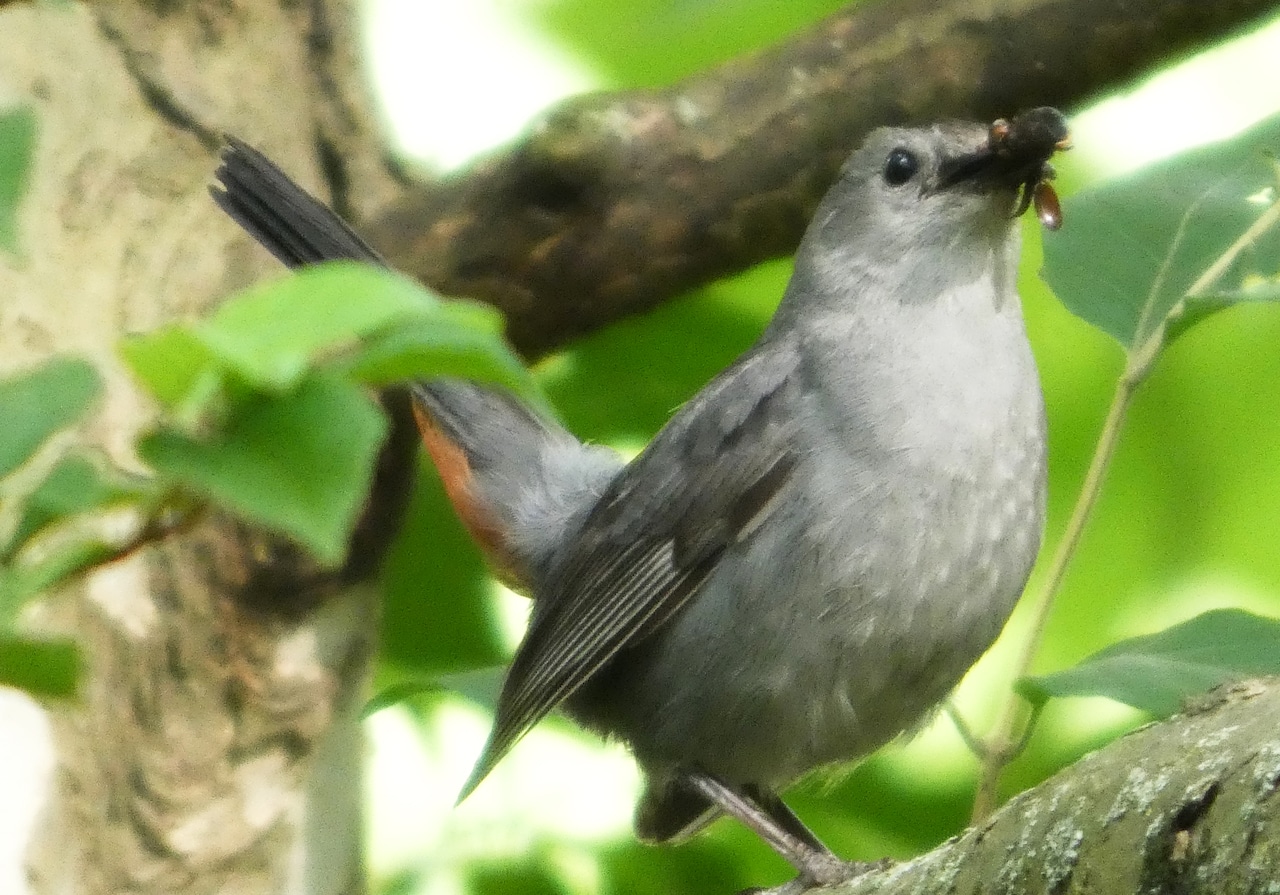Even if it doesn’t seem possible, August—the month named for the Roman Emperor Augustus Caesar—has already arrived. Garden nurseries are already putting out Christmas decorations, parents are purchasing school uniforms for their children, and football teams are rehearsing.
Many trees and shrubs have new growth that is visibly lighter than the established foliage as you drive about these days. This can happen for a number of reasons, but on healthy trees and shrubs, it simply indicates that the new growth has less chlorophyll than the old growth.
Numerous hydrangeas, which are plants covered in large round clusters of flowers, will also be in bloom. Although white is the most frequent flower color, hydrangeas have undergone so much hybridization that they can now be seen with pink, purple, blue, or red blossoms. Depending on the acidity and/or alkalinity of the soil they are grown in, some of them even produce both pink and blue blossoms on the same plant.
If there are fern clusters nearby, they ought to be large and verdant by now.However, correctly recognizing ferns can be difficult. Although it’s only one item to look for, it always helps with identification to determine if their leaves are opposite or alternate.
This time of year in the summer, you never know what you might see. Due to their relative prevalence, we frequently see or hear common eastern American toads on our land. In the yard, however, David lately spotted a toad he had never seen before.
It was dark, had yellow lines along its back, and was little, perhaps 2 inches long. These traits suggest that it’s an eastern spadefoot toad, but that’s only an educated estimate.
There are various species of spadefoot toads, however they are mostly southern or more western in origin. The only spadefoot species found east of the Mississippi River is the eastern one. It can be found as far north as New England, and it favors sites with sandy or loose ground, such as those found in agricultural fields, and close to water.
Additionally, our Harrisburg-based son Brian spotted something he had never seen before: an anting robin.
Birds engage in ant behavior to help them cope with inflamed skin or get rid of parasites. They either locate an ant mound and sit in it, or they pick up the ants and place them on their feathers so they can move around.
Ants release formic acid, which chemically destroys parasites and other insects that land on the body of the bird, which is why birds do this. However, I frequently question how birds are able to do this on an intellectual level.
You could notice that your bird feeders aren’t being utilized very often at this time of year in August. However, they don’t need to take advantage of your free food because there is so much natural food available in the shape of insects, berries, wild cherries, and nectar-producing plants.
Additionally, the majority of birds—particularly those from the Neotropics—have finished breeding and are actively traveling. At this time, for instance, both Baltimore and orchard orioles begin their southward migration, which ends at the end of September and lasts until the next spring.
more lehigh valley outdoors news
-
Traditional Monday deer opener would return to parts of Pa. under lawmaker s proposal
-
Leaser Lake sunfish regulations to change in 2026: What anglers should know
-
Hunting permitted on 13 consecutive Sundays for 2025 in Pennsylvania
-
Boy, 14, drowns in N.J. state park lake
-
What s causing the high bacteria levels in Pa. state park swimming areas? We asked an expert
Your support is essential to our journalism. Please sign up for a subscription to lehighvalleylive.com now.






